At the recent Southeast Asia Technology Conference in Thailand, Samsung introduced many smart home appliances with integrated AI (Photo: Trung Nam).
Household appliances in every family such as refrigerators, washing machines and vacuum cleaners are not just simple devices, but increasingly "understand" the behavior and needs of users in the home.
According to the Ministry of Industry and Trade , the size of Vietnam's household appliances market is estimated at about 12.5-13 billion USD, with an average growth rate of 10% per year.
Rising personal incomes have led consumers to place greater emphasis on convenience, especially devices with connectivity and automation capabilities.
Household appliances are gradually "listening"
In the race for smart home appliances, leading technology giants are integrating many modern features into their products.
Current generations of refrigerators not only stop at food preservation but also integrate AI to "understand" users.
For example, Samsung's Bespoke AI Side-by-Side refrigerator with a 9-inch AI Home touchscreen can sync personal calendars, display weather information, or control other devices in the home.
Washing machines are integrated with artificial intelligence to help classify fabrics and choose the appropriate washing mode for users (Photo: Trung Nam).
In addition, users can control by voice with the ability to recognize the owner and give corresponding feedback.
Many other functions have also been developed to support more convenient operation in the family, such as helping housewives choose dishes from available ingredients through the integrated cooking application or displaying notifications about electricity consumption.
In addition, AI is also integrated into the washing machine to automatically identify the fabric type and amount of laundry, thereby adjusting the appropriate washing mode in terms of water, time and spin speed. This helps save electricity and water, while protecting the fabric fibers better.
Some devices also have the ability to automatically adjust the spin speed to suit the floor type to avoid vibration.
Similarly, smart vacuum cleaners use sensors to identify surface materials such as wood, tiles, and carpets, thereby adjusting the suction power accordingly in addition to filtering fine dust and improving indoor air quality.
Synchronous and automatic connection system
Smart vacuum cleaners not only clean floors but can also vacuum fine dust, improving air quality (Photo: Trung Nam).
One notable feature is the ability to link home appliances together via a central management platform.
This allows the refrigerator to send a notification if the washing machine door is not closed, or the air conditioner to automatically turn off when the homeowner leaves the house. The devices can also adjust to the user's location based on GPS signals.
In addition to the convenience for direct users, the technology also extends to remote care support - for example, monitoring the activities of the elderly in the home through sensors mounted on the device, thereby displaying notifications if there are signs of abnormalities.
Challenges of implementation in Vietnam
Although AI-integrated home appliances have entered many markets, the journey to widespread adoption in Vietnam still has some obstacles.
First, today's smart devices are often more expensive than mainstream devices, becoming a barrier for the majority of consumers.
In addition, the uneven stability of the Internet and power supply between regions (rural, mountainous areas) will also affect the performance of connected devices.
Another challenge is that the living culture and usage needs of each household are very diverse, requiring the AI system to be flexible enough to respond to everything from language to cooking and laundry habits.
Yet home technology is moving toward the “self-driving home” model – where machines not only carry out commands but also adjust themselves to suit the user’s lifestyle.
This could be the dominant trend in the near future of the home appliance market in Vietnam.
Source: https://dantri.com.vn/cong-nghe/xu-huong-tich-hop-ai-len-do-gia-dung-thong-minh-20250624105706454.htm


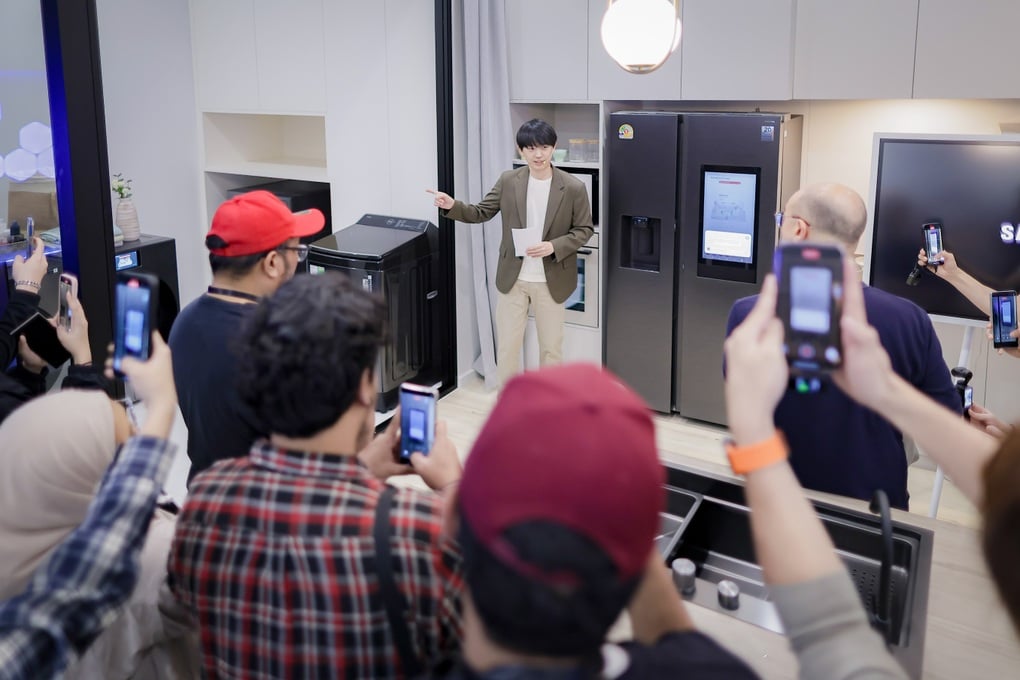
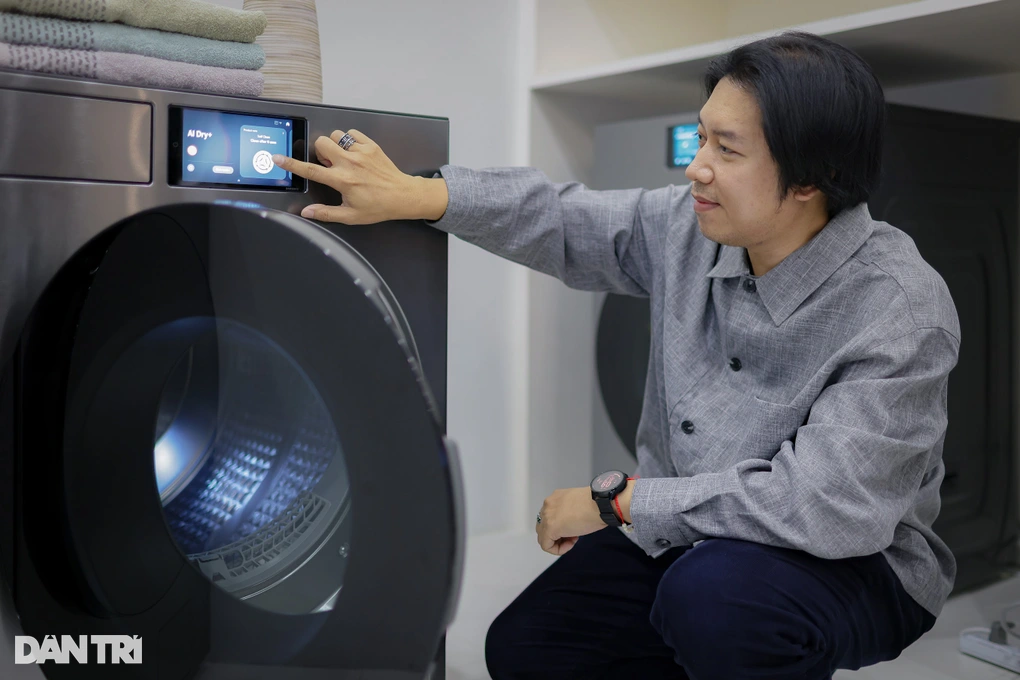
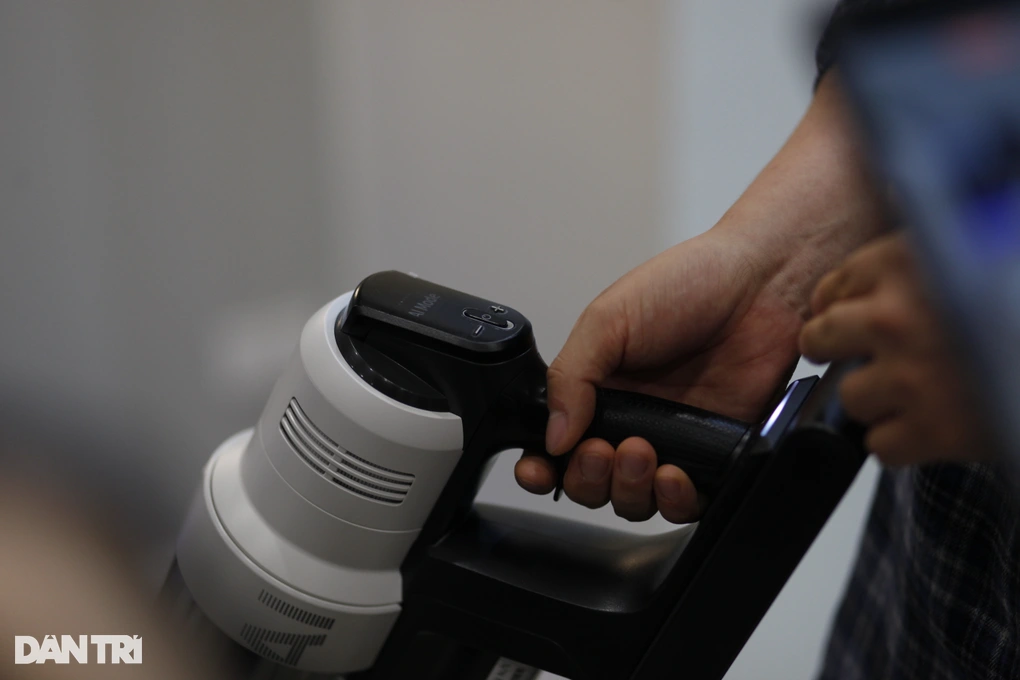
![[Photo] General Secretary To Lam and National Assembly Chairman Tran Thanh Man attend the 80th Anniversary of the Traditional Day of the Vietnamese Inspection Sector](https://vphoto.vietnam.vn/thumb/1200x675/vietnam/resource/IMAGE/2025/11/17/1763356362984_a2-bnd-7940-3561-jpg.webp)



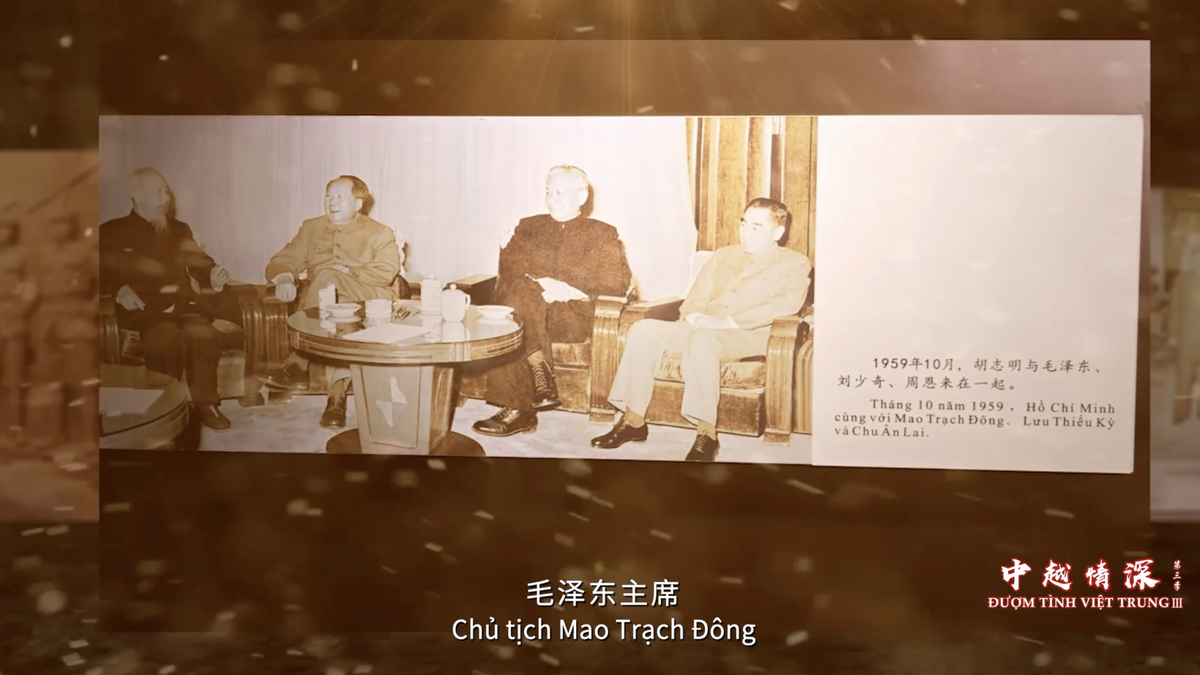







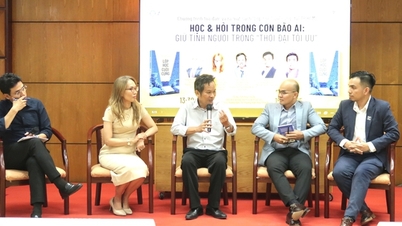



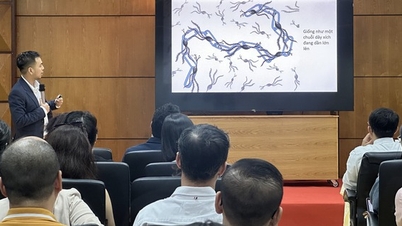


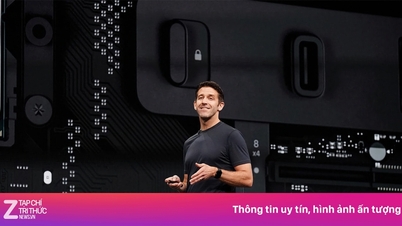






































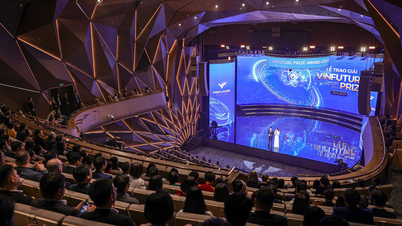
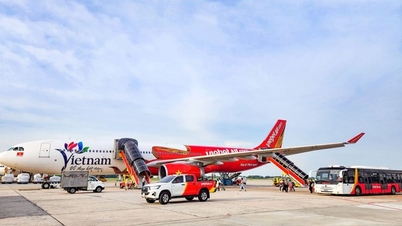






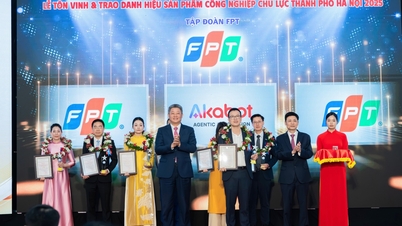















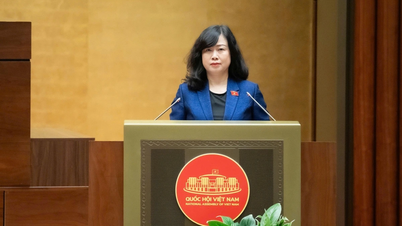
















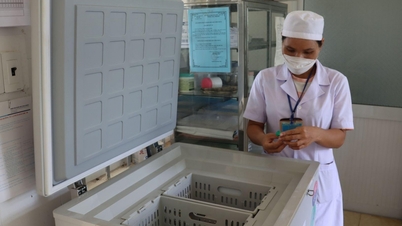
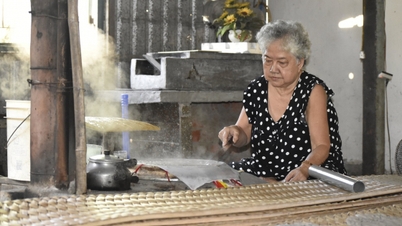













Comment (0)